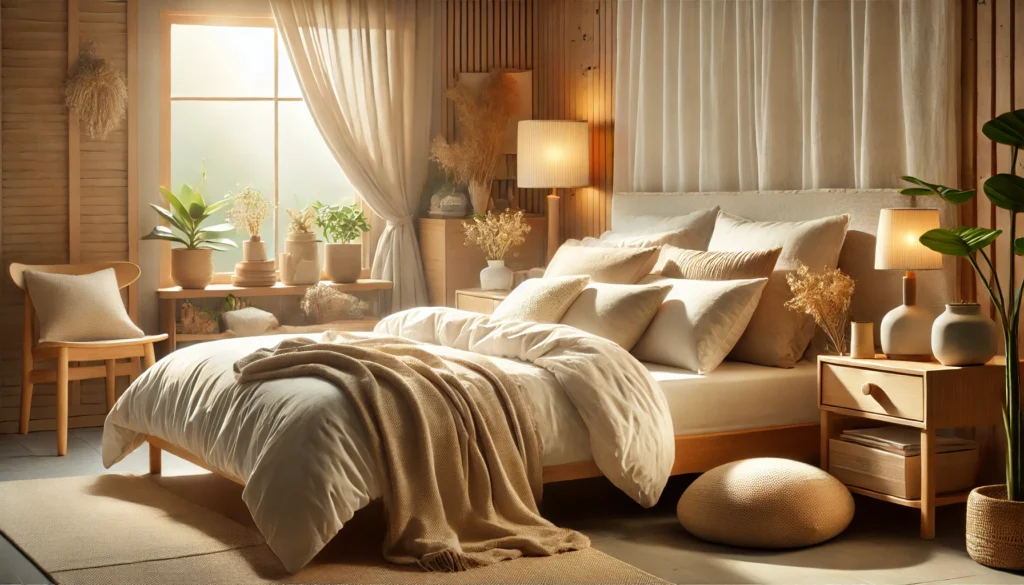Designing a bedroom for your child that promotes growth, creativity, and comfort is an important task for any parent or foster carer. The bedroom serves as a child’s sanctuary and should be tailored to their unique needs and interests. When designing a child’s bedroom, there are several key elements to consider to create a space your child will thrive in. Today, we will explore the top six essential components to include when designing the ideal bedroom for your child.
1. Safety First
The number one priority when designing any child’s bedroom is safety. Take time to childproof the space by covering sharp corners with cushions, using window locks, mounting furniture to the walls, covering plug sockets, and keeping small items or choking hazards out of reach. Conduct a safety check to identify any risks or hazards before allowing your child to use the bedroom. Creating a secure environment will give you peace of mind and allow your child to play independently.

2. Comfortable Place to Sleep
A child’s bedroom should contain a high-quality, comfortable bed for consistent and restful sleep. Choose the right mattress for your child’s age and a sturdy, low-to-the-ground bed frame. Include comfortable sheets, blankets, and pillows. For young children, a guardrail can prevent nighttime falls. Make sleep a priority by keeping the bedroom quiet, dark, and technology-free. A comforting bedtime routine nurtures healthy sleep habits.
3. Adequate Storage
Children accumulate a lot of stuff! Provide plenty of storage solutions to keep the room organized and clutter-free. Options like shelves, bins, baskets, hooks, and dressers give everything a designated home. Label storage units or use pictures for pre-readers. Teach kids to put their belongings away in their proper spots to instill order. Having a place for everything promotes responsibility.
4. Learning Environment
The bedroom provides an ideal environment to encourage learning through play and exploration. Have a selection of age-appropriate books within reach to promote literacy and reading time. Simple educational toys, puzzles, and games stimulate cognitive development. Building blocks, art supplies, and sensory materials allow for open-ended play. Displaying their artwork inspires creativity and individual expression.

5. Space to Play
Children need room to actively play, move around, and spread out. Maximise play space by decluttering floors and surfaces. Have a thick rug or soft flooring for playing on the ground. Include a table or desk for contained activities like puzzles, homework, or hobbies. Open shelving with bins provides easy access to toys. Cubbies offer dedicated spaces to store larger play items when not in use.
6. Personalisation
Allowing your child to make their bedroom their own through personalized décor is important for any child, but especially important for foster children. If you’re a foster carer fostering in Sunderland or another part of the UK, encourage your foster child to choose fun bedding, wall colors, accessories, and organization systems. This allows the child to show off their unique personality and interests.
Designing a child’s bedroom requires balancing many factors like safety, comfort, play, and learning. Keep these six essential elements in mind as you create a bedroom perfectly tailored to your child’s unique needs.
Stay in touch to get more updates & news on Orangedip!


